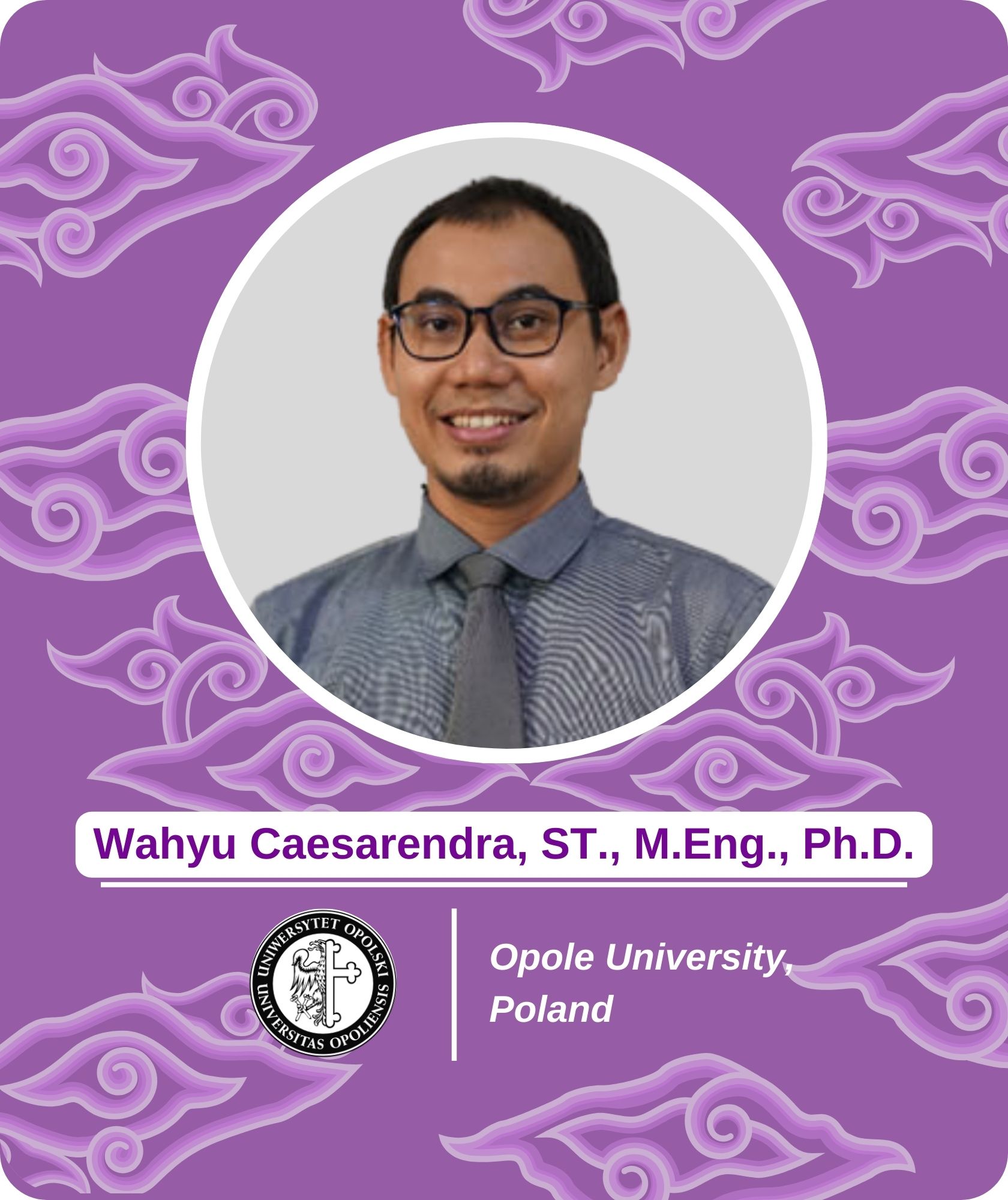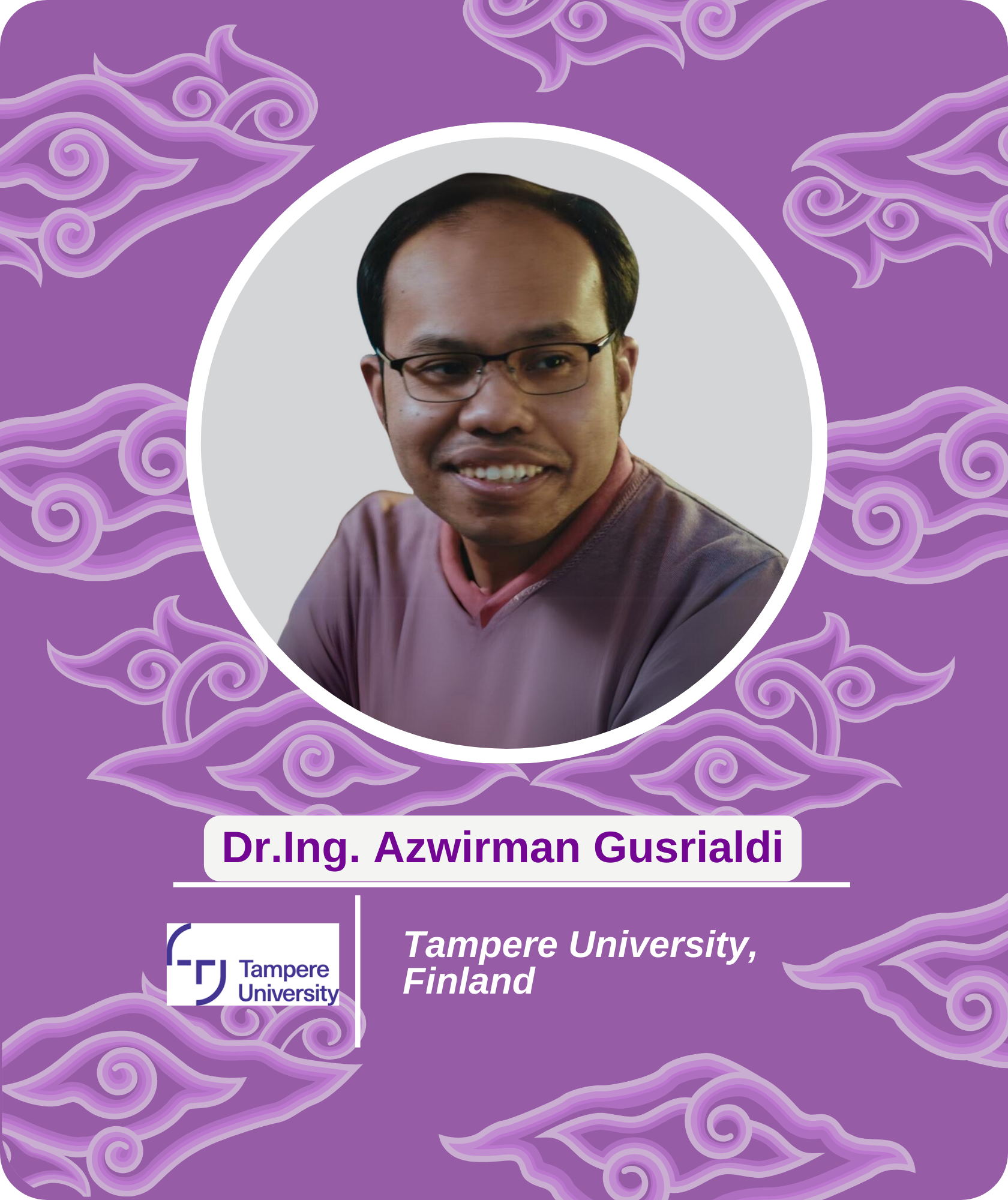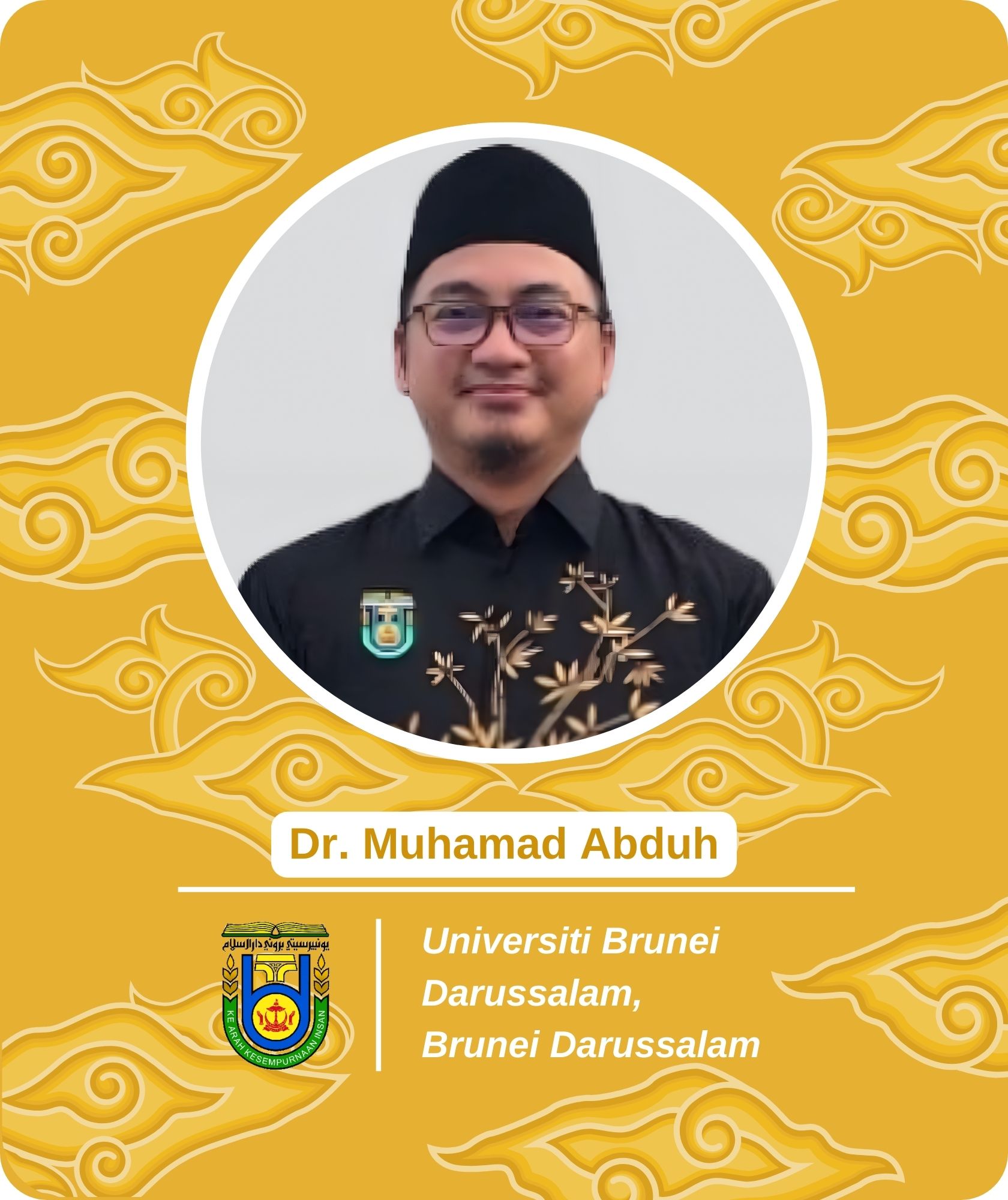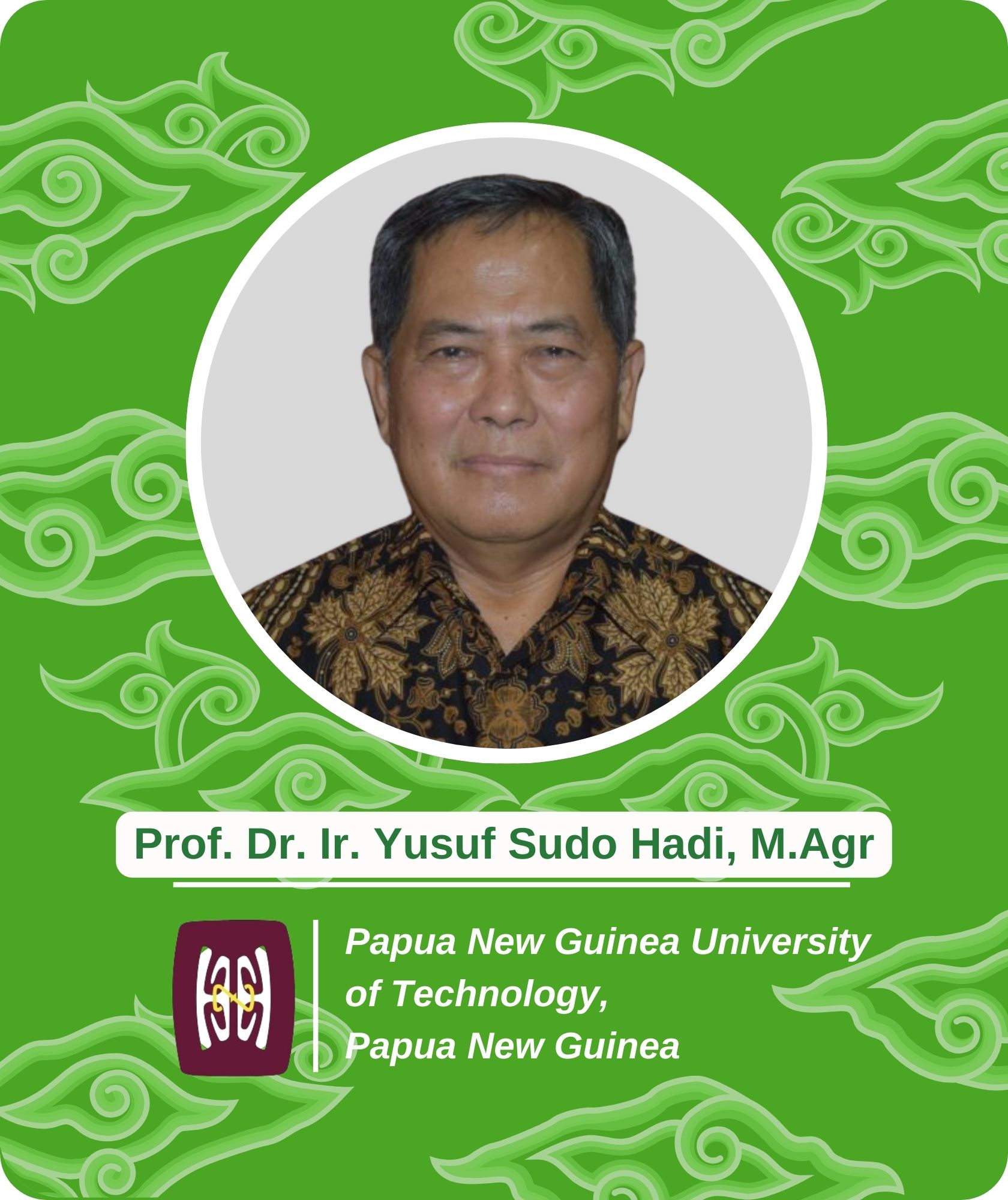Nutritional Profile of Locally Produced Ready-to-Use Therapeutic Food (RUTF) for Severe Acute Malnourished Children in Indonesia
This title has been presented on Thursday, December 14, 2023 at 13.40-13.50 GMT+7.
Keywords:
RUTF, Nutrient Profile, Severe Acute Malnutrition ChildrenAbstract
This title has been presented on Thursday, December 14, 2023 at 13.40-13.50 GMT+7.
Ready-to-use therapeutic food (RUTF) is a lipid-based product used as a home-based intervention for managing severely acute malnourishment in under-five children (12-59 aged months) with no clinical complication. Alternative ready-to-use therapeutic food (RUTF) formulas were developed in Indonesia using locally-available protein sources which resulted in milk-based, legumes-based, fish-based, and soy and fish-based RUTFs. Milk-based RUTF was the most preferred and it was further developed with the addition of vitamin and mineral premix in order to fulfill the requirement for RUTF by the WHO, UNICEF, and FAO. Complete nutrient profile including proximate composition, vitamin and mineral content, amino acid profile, fatty acid profile were analyzed following standard methods. Safety of the product was also checked by mycotoxins, microorganism, and heavy metals analysis. The results showed that the nutritional profile of the products adhered to the requirements of the RUTF standard and it did not show any heavy metals contamination with complied level of mycotoxin and microorganism. This study suggested that production of safe RUTF from local natural resources with high nutritional quality is feasible and it is expected to be more readily accepted by the local community with good sustainability prospect.




















